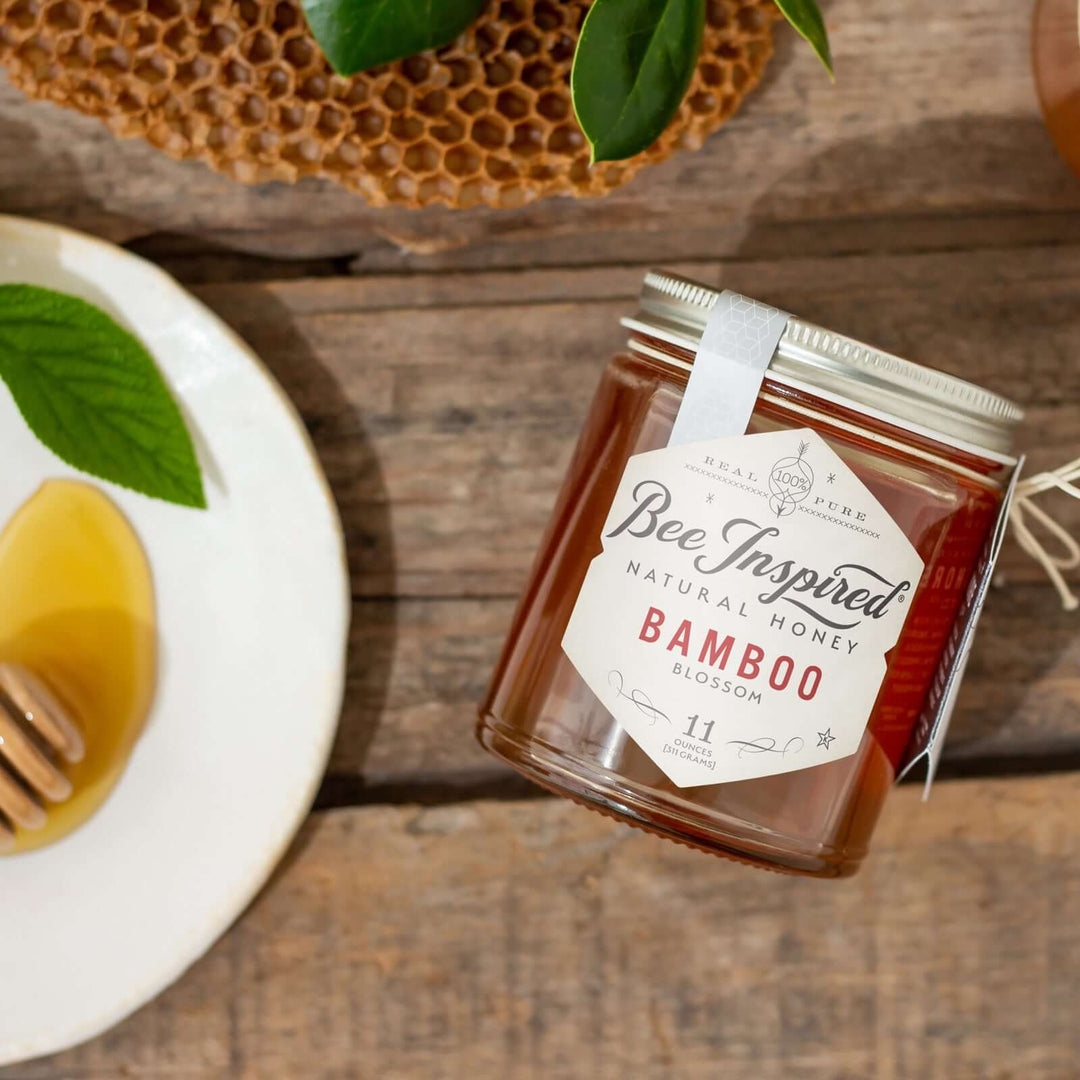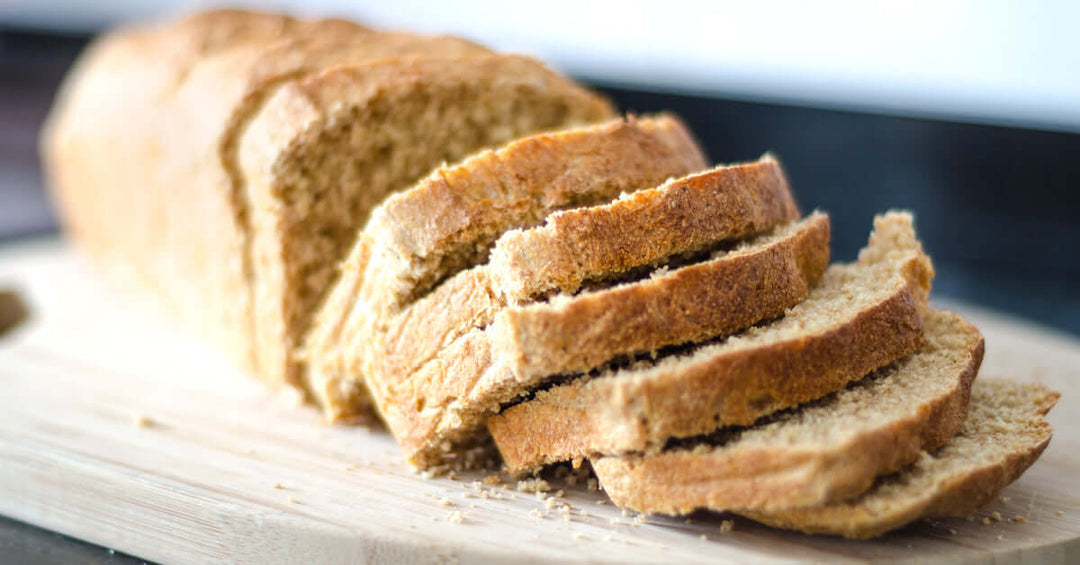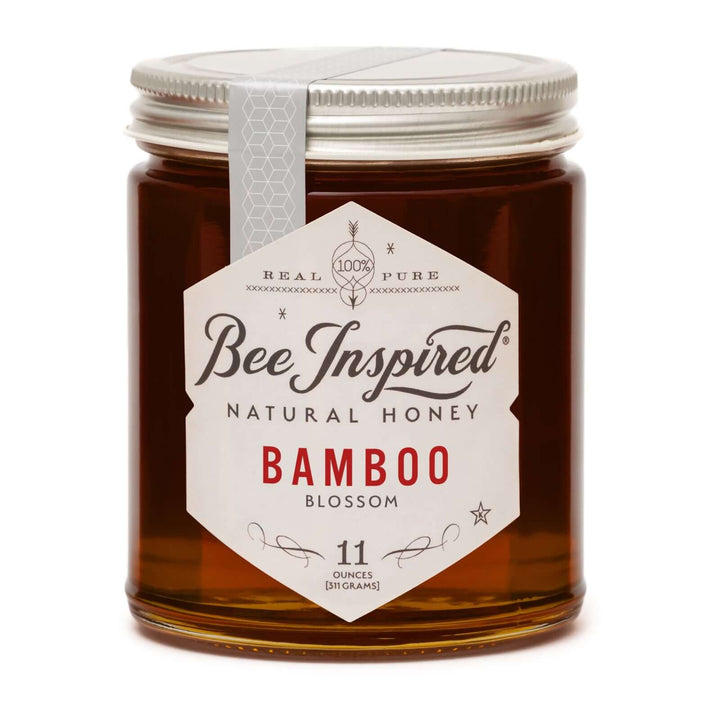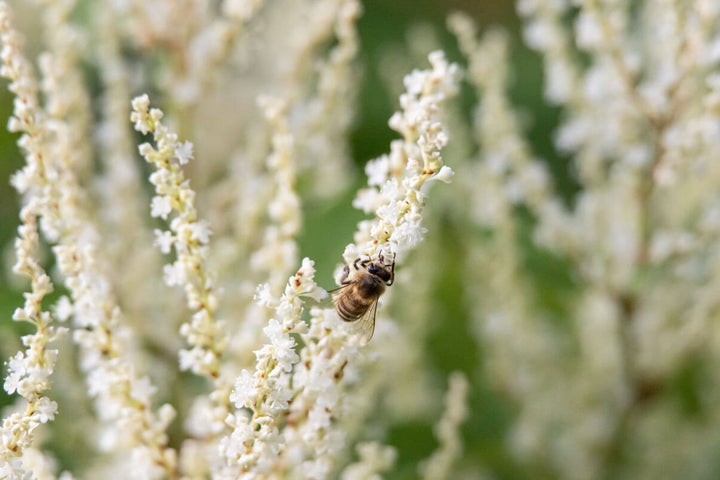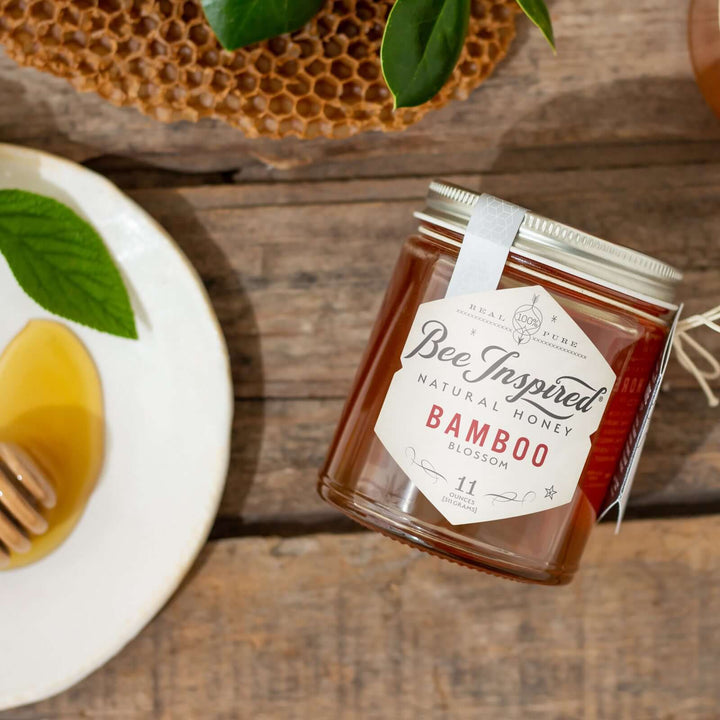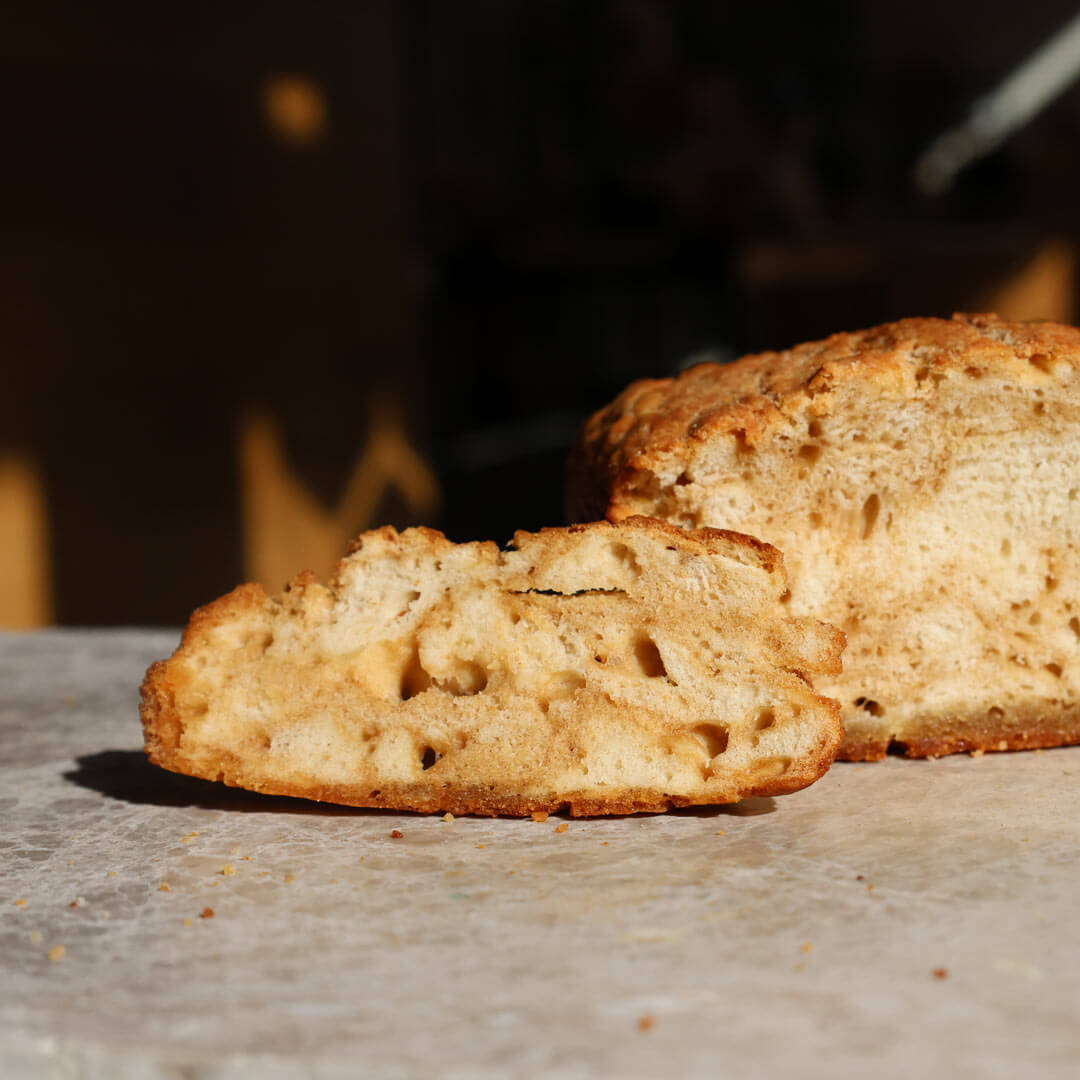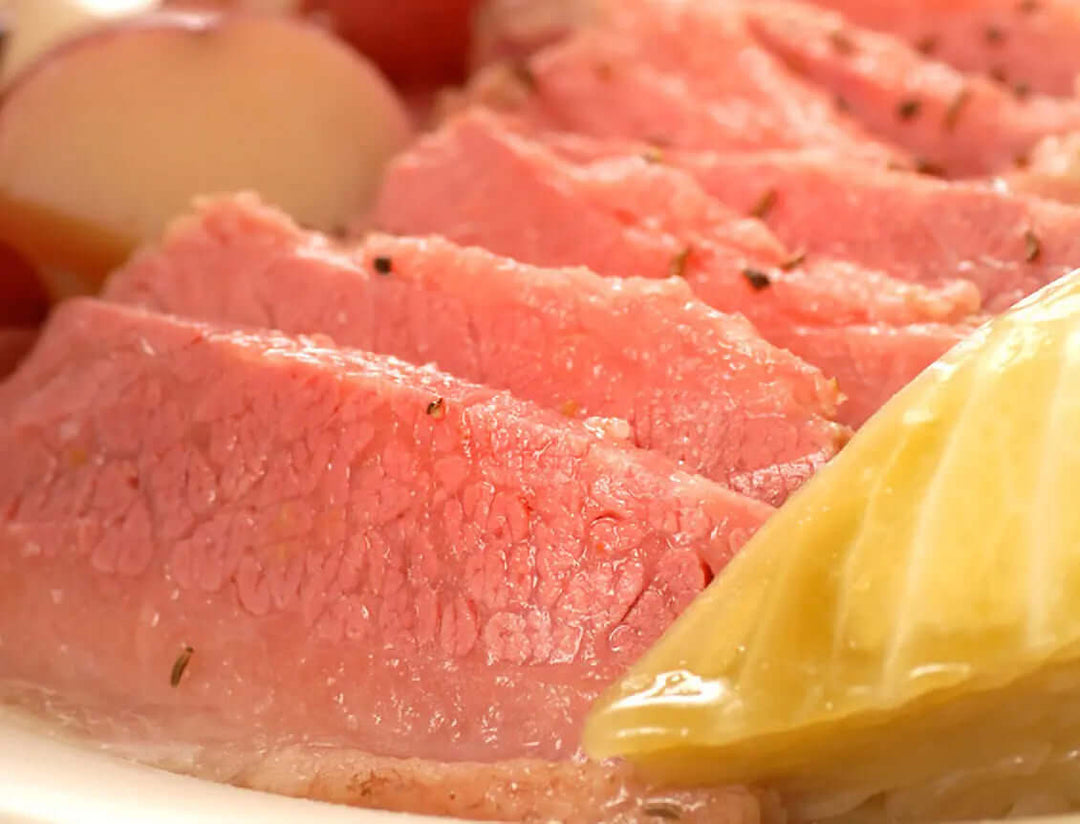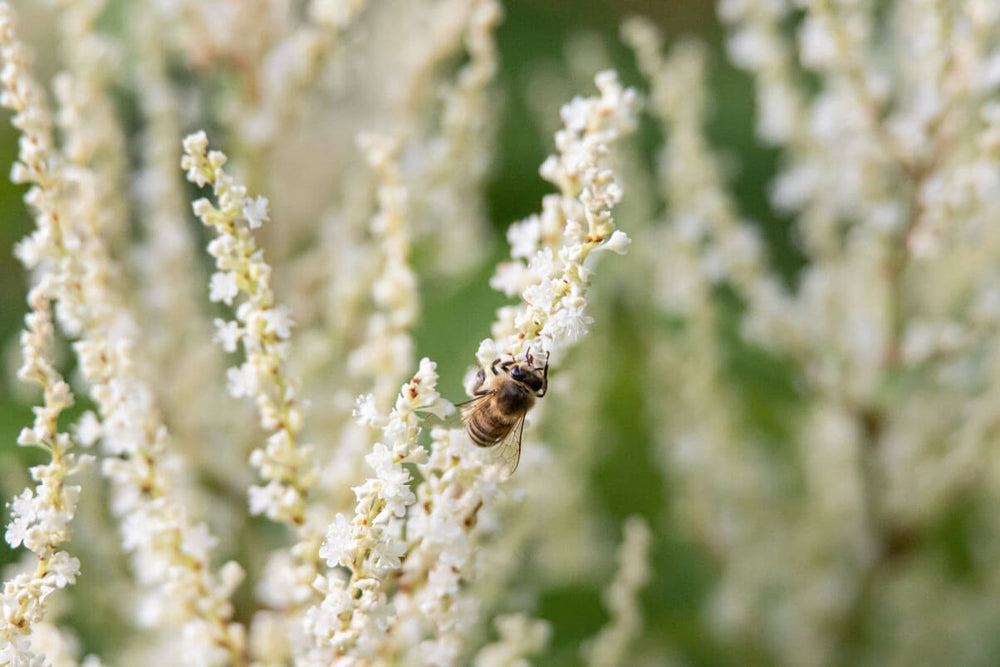Experience the Bold Complexity of Pure Bamboo Honey
Our Bamboo Honey delivers a rich, strong flavor profile with distinctive notes of maple-molasses and dark chocolate. Powerful enough to stand up to hearty baking applications yet balanced enough to enhance everyday foods, each 11 oz jar contains pure, raw, minimally filtered honey that showcases the distinctive essence of this late-season bloom.
Key Features and Benefits
- Flavor Profile: Features a bold, strong flavor with maple-molasses and dark chocolate notes
- Origins: Harvested from bees that pollinated Japanese Knotweed (American Bamboo) in Delaware
- Standard: Rich in pollen from American bamboo blossoms
- Pure Honey: 100% pure, raw, and unadulterated with no additives
- Kosher Certified: Star K Certified Kosher
- Responsibly Sourced: Sustainably produced using traditional beekeeping methods
- Eco-Friendly Packaging: Packaged in small, artisanal batches in recyclable glass jars holding 11oz
Note: Our Bamboo Honey is pure, raw, and unamended, and may crystalize as a result. This is to be expected of natural honey and does not impact the usability of the product.
Ingredients
Pure, Raw, Minimally Filtered Japanese Knotweed Blossom Honey
All orders ship via UPS Ground. We DO NOT ship to PO Boxes.
You can also order and pick up from Honey House in Owings Mills, MD.
Drop a sweet hint: Email






